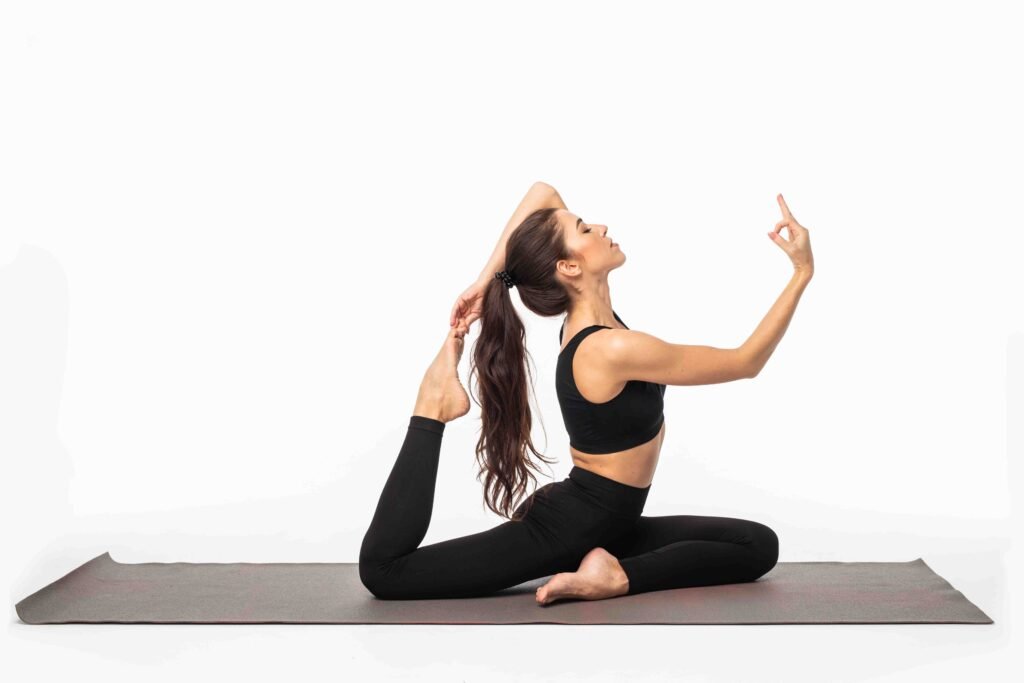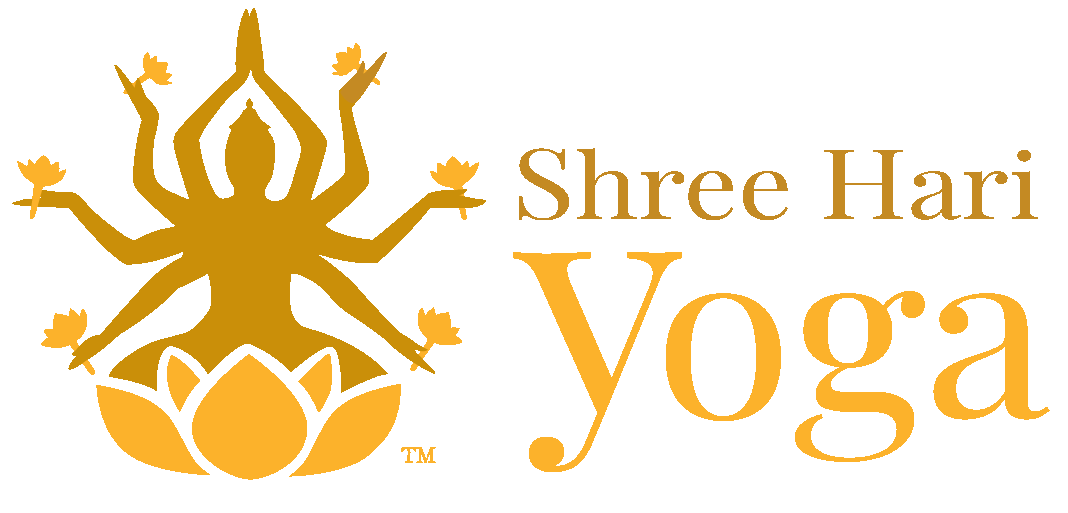
Many of you, who are fitness enthusiasts may be working really hard, without knowing some of the basics of the body. It is an absolutely wrong practice for one and all, who are engaging in fitness regimes, without any knowledge of the body. It is basically an overlooked function, in which the muscles lengthen and slow down certain body movements. Take the example of the bungee cord. When you hand with the help of the bungee cord, the bungee cord expands and then it contracts. So, you are saved from smashing into the earth. But, what if the cord, did not return to its original length, while you were in flight?
The muscles inside the human body also function in a similar manner. The muscles, especially the joints work just like these bungee cords. They also save you from excess stress and tension. Apart from that, it also controls a few forces within the body. Now, you must be wondering, how functional anatomy applies to Yoga. The knowledge of anatomy will help you to practice Yoga in a safe manner. Moreover, if you are a teacher, or want to become one, it will be something that your course will be incomplete without. Functional anatomy or yoga anatomy mainly helps you to explain individual modifications and the core functionality of yoga poses.
What Should You Know About Functional Anatomy?
When you set out to learn yoga anatomy or functional anatomy as a part of the course, you should not try to learn everything in one go. The reason is that, it can get very complicated and frustrated. You should try to read and absorb the information, which makes sense and leave out the rest. Anatomy is basically a huge scientific field, which you could spend years studying. However, you do not have to a yoga teacher, to be able to teach anatomy, alignments, and sequencing.
The Different Body Parts Decoded
- Skeleton – The human body comprises 206 bones, out of which a quarter of the bones are in the hands and feet. The bones support the muscles and their movements. That is why, you should know about the details of each one of them. When you have complete knowledge of the major bones inside the body, it makes the discussion of the movements easy. Moreover, you also need to know about the joints that connect the bones. Every human has around 300 joints in their body. The human skeleton is divided into two parts, the axial skeleton comprising the skull, spine and rib cage, and the appendicular skeleton, which comprises the pelvic girdle, shoulder girdle, and the appendages. During yoga asana, your spine helps in maximising motion.
- Pelvis – It is yet another important part of the body, about which you should have complete knowledge. It is mainly the bony cage, that supports the upper body and the spine. When you are practicing supine or prone positions, then the joints present inside the pelvis move into action mode. When you are facilitating pelvic joint mobility, you have to be very careful. Most injuries occur due to the instability of the pelvic joints.
- Joints – You will come across various kinds of joints in the human body. They are segregated according to the shapes. You should have a complete idea of the joints, to ensure that you know, which movements they allow. Take the example of the hinge joints, which help in bending the body parts in one direction. Then there are pivot joints, which allow rotation. Saddle joints in movement in all the directions. Ball and socket joints allow movement in all directions. Additionally, there are Condyloid joints and plane joints, that also facilitate a lot of movements within the body.
If you are a yoga practitioner, you should also know about the cartilaginous joints and fibrous joints.
Which Joints Facilitate Movements in Yoga?
When you are doing yoga poses, you should always remember that you should move the body parts toward the directions, they are intended to move. In any case, if you try to force the movements in opposite direction, it can lead to injuries. Moreover, as a yoga teacher, you should also know that the same joints move differently in different people. That means, one person can have a greater range of motion with the same fitness levels, while the other cannot.
If you happen to stretch the joints beyond their normal capability, then it can cause them to tear or rupture. The connective tissues and ligaments surrounding it may also rupture.
Muscles In The Human Body
You will be amazed to know, that there are at least 600 different muscles in the human body. However, you do not need to learn about all of them, to teach yoga or for self-practice.
There are three main types of muscles in the body, and they are skeletal muscles, smooth muscles, and cardiac muscles. The skeletal muscles are the only muscle group, which you can consciously control. They are attached to the bones, and their contraction makes movements happen. The first main function of the muscular system, is to help you with movement. Moreover, muscles also support the soft tissues. As a yoga teacher, you should concentrate on just the major muscle groups that help in the range of motion.
If you intend to become a proficient teacher, you must learn functional anatomy in complete detail. After learning about it as a part of the anatomy lessons in your yoga class, you must observe the students, as to how they move their body parts while doing yoga. That way, you will be able to understand the movements, pain points, and the afflictions. Normally you will learn about how the muscles contract, and its implications on the skeletal system. Functional anatomy brings in another dimension to the knowledge of anatomy.
You can guide your students, to work around injuries and stiffness in the joints. You can engage in more inclusive training, after the complete learning of functional anatomy. Moreover, it will also allow to stabilize and strengthen the body, for movements outside the class.
